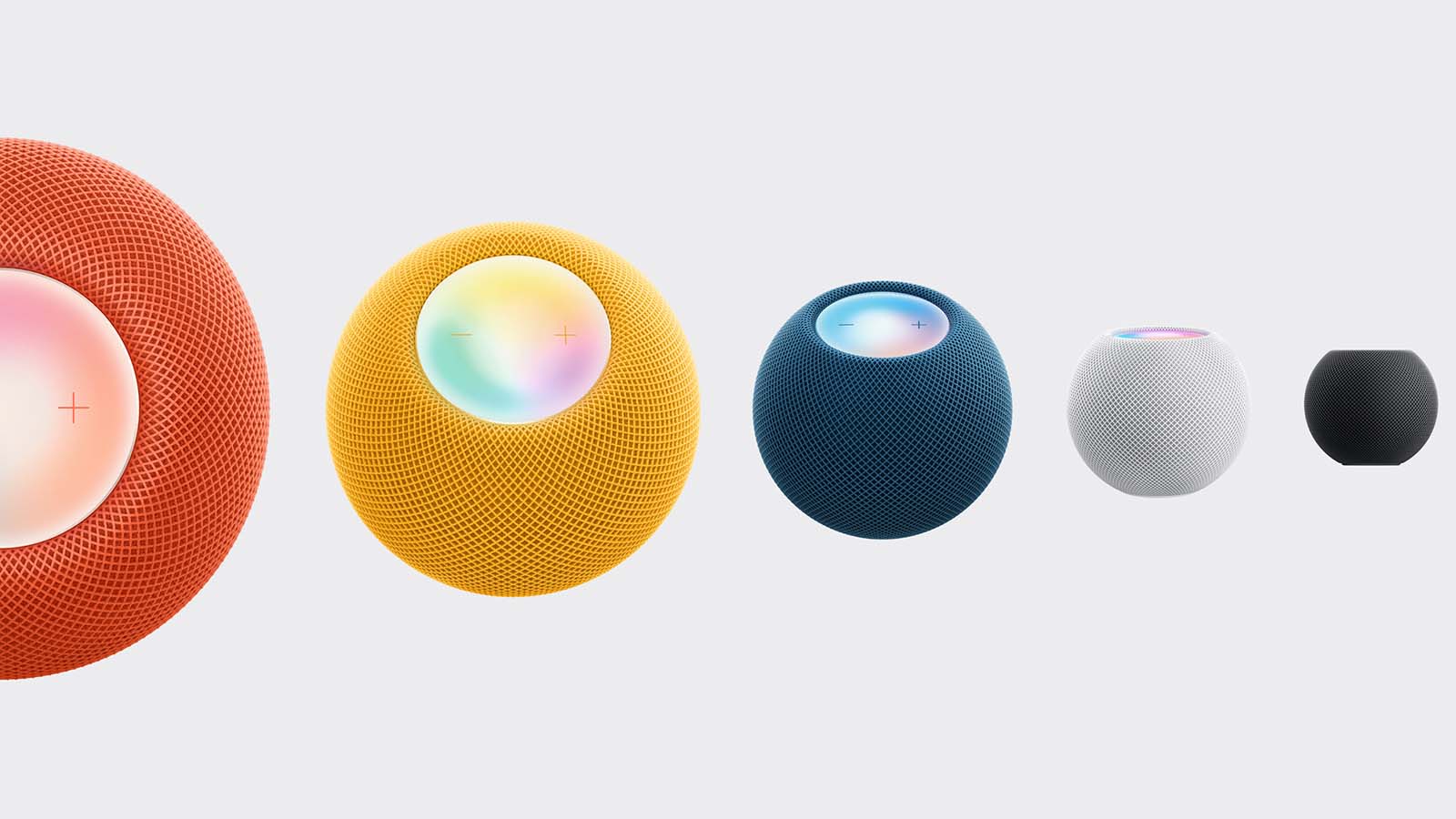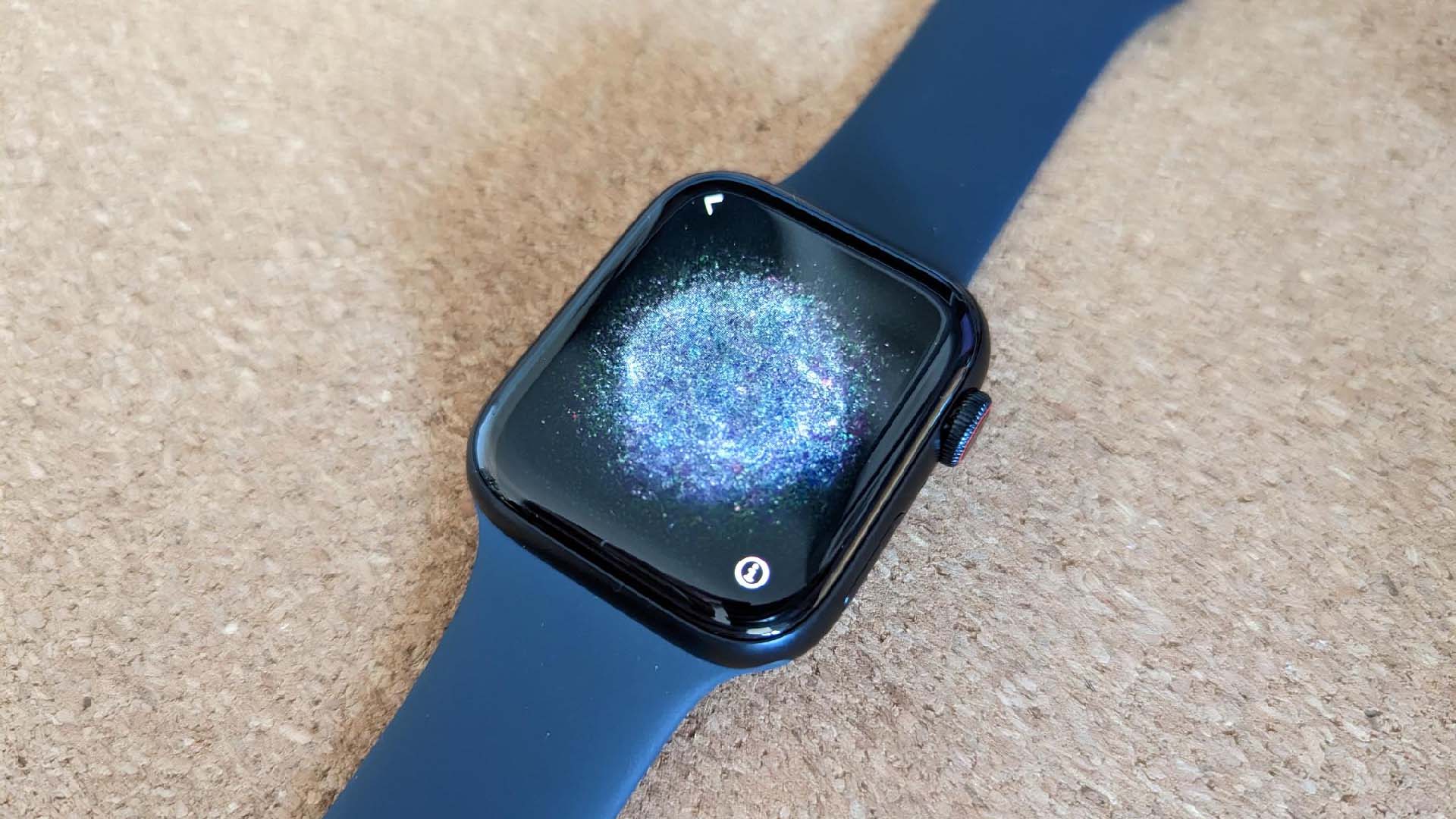Amazon Echo review
The Amazon Echo delivers a much bigger sound than its smaller siblings and is an excellent smart speaker for listening to music.

The Amazon Echo delivers a much bigger sound than its smaller siblings and is an excellent smart speaker for listening to music.

The Echo is the best Amazon smart speaker for most people, and excellent for music.
We’ve been using Amazon Echos of all sizes since the very first generation, which was nearly 10 years ago. That means Alexa is part of the family, literally: our children and grandchildren use her to set times for cooking, to help with their homework and to play songs to annoy us.
This Amazon Echo review will break down the pros and cons of this speaker, so you know whether or not it's the right one for you.
Amazon Echo (4th gen), RRP £109.99
We used this Echo as our main smart speaker. That means we used it to play our music and audiobooks, to control our smart lights and smart thermostat, and to keep the kids amused or informed.
Echos are designed first and foremost for voice control, although they have excellent accessibility options, too.
We used our Echo primarily with voice, although we also used the Alexa app for multi-room music playback and to configure the smart speaker.

Like all Echos, this speaker is mains powered; it needs more power than most USB chargers provide and comes with its own 30W charger in the box.
Set-up is simple and familiar: install the Alexa app on your phone, plug in the Echo and wait for the light on its base to glow orange. That tells you that you’re in set-up mode, and from there it’s just a matter of letting the app take you through the handful of steps required to connect the Echo to your wireless network.
While it’s possible to stream audiobooks, podcasts and music directly to your Echo over Bluetooth from your phone, you need Wi-Fi if you want to use all of your Echo’s many useful features.
The Alexa app enables you to organise your Echo device(s) by room, so If you have multiple Echo devices, you can say that these ones are in the living room, that one’s in the kitchen and so on.
It enables you to use your Echo devices as intercoms, or to play music in multiple rooms simultaneously.
The Echo (4th generation) is a large sphere with a flat base, roughly the size of a small melon or a volleyball: it’s 14.4cm wide, 14.4cm deep and 13.3cm tall. It’s available in three colours: charcoal grey, glacier white and twilight blue.
It’s a little plasticky looking; something that’s more apparent in its lighter colour options, but it’s not an eyesore. At the bottom of the device you’ll see a lightbar, which is its status indicator: white for volume changes, blue for when Alexa is listening, orange for set-up and yellow for Amazon notifications.
There are four buttons on the top of the device: volume up and down, an action button to get Alexa’s attention and a mute button that turns off the Echo microphone for when you don’t want Alexa listening in.

Every Echo has Alexa, Amazon’s voice-based digital assistant. We think Alexa is one of the best assistants: he or she – you can change your voice’s gender and accent – responds much more quickly than Apple’s Siri, and has much more flexibility, too.
Alexa can help kids with their homework, set kitchen timers, control your compatible Smart TV, add coffee beans to your shopping list and much more. The default wake-word is “Alexa”, but you can change it to “computer”, “Echo” or “Amazon” if you prefer. Then it’s just a matter of telling Alexa what you want, such as “play new music by Taylor Swift” or “set a timer for 15 minutes”.
You can control connected smart-home devices in the same way: “Alexa, turn the heating to 21 degrees” or “Alexa, turn the lights on”.
You can also make your own custom commands: we’ve created “Alexa, I’m home!” to switch on our smart light bulbs. The microphones still recognise our commands, even when we’re playing music quite loud, and Alexa’s voice recognition is first class. We also have Apple HomePods and we’ve found that Alexa’s voice recognition is both faster and much more accurate than Apple’s Siri.
Every Echo also has a good selection of accessibility features, which include adaptive listening, which makes Alexa more patient with speech; Preferred Speaking Rate; Kindle Read Aloud and other features for people with accessibility needs around vision, hearing, mobility and speech.

This is the second-best Echo for music and the best option for most people: it’s half the price of the more powerful Echo Studio but delivers a loud and punchy performance that’s a vast improvement over the smaller Echo devices. That’s because unlike the smaller models, which only have a single speaker, this Echo has three: a three-inch woofer for the low frequencies and twin 0.8-inch tweeters for mid-range and high frequencies.
It’s not quite up there with the very best smart speakers’ sound quality but it’s still very good, and if you pair two Echos for stereo sound the audio experience is even better.
The Echo also supports multi-room audio so you can have music playing in more than one place. The three-speaker set-up is the reason why Amazon no longer uses a cylindrical design for the Echo, and what you lose in table-top space – the cylindrical Echos were just under 9cm wide, but this version takes up 14.4cm – you gain in sound quality. It’s a huge improvement over the previous generations, and much more fun than its smaller siblings.
We played all kinds of music, from delicate acoustic songs to everything-louder-than-everything-else rock and dramatic classical, and it was all hugely entertaining. Our children tell us that it’s pretty good for death metal, too, although we didn’t try that for ourselves: we’re more Stevie Nicks.
The improved music performance doesn’t mean losing the Echo’s trademark spoken word sound quality: speech is crisp and clear, although you may find you need to roll off the bass a little bit with some male voices, as they can be a little boomy. And this Echo is very loud, so you’ll be able to listen to the radio over the sound of chores, food processing or air frying without the speakers distorting.
This Echo supports HD music streaming from compatible audio services, although if you’re using it as a single speaker the difference between standard and HD isn’t very dramatic. It’s much more noticeable when you’re streaming stereo audio to twin speakers.

One of the best features Amazon offers and rivals don’t is the Alexa skills. Alexa skills are little downloadable add-ons that give Alexa new powers, so, for example, the skill for BBC Sounds enables you to get Alexa to play catch-up radio and BBC podcasts.
There are lots of apps for Alexa skills to make your home smarter - including recipes, news and more: if you can imagine wanting it on a smart speaker, there’s probably a skill for it.
There are also lots of skills for connecting compatible smart home devices, such as Hue light bulbs or Hive heating. The Alexa app has a useful intercom feature that you can use to speak to other family members in different rooms, and you can also use your Echo to make voice calls to other Echo users. The call quality is good, and the microphone picks up voices very well.

At the full £109.99, the Echo is perhaps a little pricey: but there are often deals on it to be had which makes it a much better buy and much closer to the price of its smaller siblings, such as the Echo Dot (5th generation).
At £79.99, this is the pick of the range, and we’d rather have two Echo (4th generation) speakers in stereo than a single Echo Studio; you can always add one of those later if you want more low-end thump, but we think you’ll find the Echo more than holds its own with most styles of music.
If it’s not currently discounted, we’d recommend waiting: it’s never a question about whether it’ll get another discount; it’s a question of when it’ll happen.
Another reason to wait for a discount is because this Echo is getting on a bit: it’s a 2020 product, and Amazon has previously introduced new generations every three or four years, so a new one may be in development.
That won’t make the existing Echo obsolete, but it’ll probably annoy you if you’ve just paid full price for one.
Amazon Echo (4th gen), RRP £109.99
Also consider...
If you want a smart speaker but aren’t too concerned about music sound quality, buy the Echo Dot or Echo Pop: they’re cheaper and surprisingly good, despite their small size.
But if music matters to you, this is the pick of the range – and if you bide your time until it’s discounted you can often get them half price.
Individually, Echos are good. But they’re even better sonically when you have two of them paired for stereo sound, and it’s always nice to get a discount.
This isn’t Amazon’s best speaker for music. That’s the Echo Studio. But that one’s £219, and you need to be pretty serious about sound to prefer one of those over one or two Echo (4th generation) speakers.
Provided you don’t pay the full RRP, the Echo is excellent value for money and lots of fun to listen to.
Writer, broadcaster and musician Carrie Marshall has been a technology journalist for 24 years. Her CV is a who’s-who of magazines, websites and newspapers ranging from T3, Techradar and Woman & Home to the Sunday Post and People’s Friend, and she has been providing no-nonsense technology help and buying advice to BBC Radio Scotland listeners since the early 2000s.
View author page

The ultimate guide to Saga Puzzles, full of technical tips, tricks and hints.

Follow our step-by-step guide to find out your internet speed - and whether it’s your device or broadband that’s slowing you down.

These video doorbells show you who's at your door, even when you aren't home.

We explain everything you need to know to connect an iPhone to an Apple Watch.

Think you know how to use WhatsApp? We've got some handy tips to help you get the most out of the messaging app.


How to change the Alexa command word with this easy-to-follow guide.
